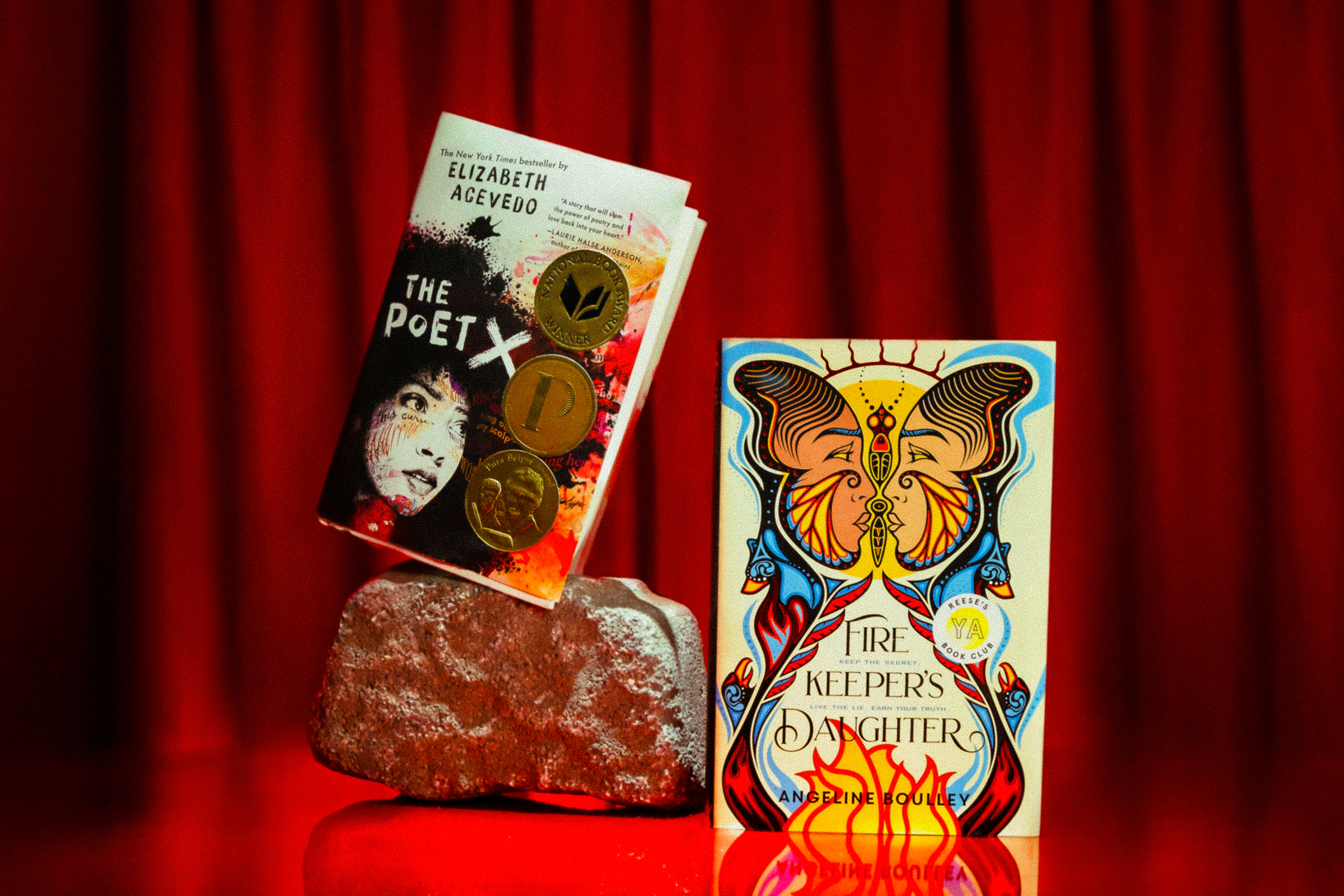The first time I ever thought about what my house was made of was when I learned it could be blown down. By wolves—big, bad wolves. Sure, “The Three Little Pigs” was supposedly a fairy tale about hard work. But for me, it was a warning about my own safety. And though I soon dismissed the fables read to me at bedtime as childish, that need to know I was safe never waned, especially as the wolves became real.
For others, the threat of the wolf may have shown itself in the malevolent magic of witches, or the stereotype machine, or the sense of inadequacy that comes with unrequited love. Are there bigger bogeymen than public embarrassment, stumbling through your first anything or causing unintentional offense? Each of us has a different threshold, a different perspective on what makes us feel unsafe. The cure for that feeling, any version of it, is found in realizing we are not alone. The function of story, especially for young people, is to bear witness to their lives, marking them as valuable and seen and part of something.
We experience this all the time in the stories we tell each other through casual conversation—Your grandma does that too?!—but the stories we read in books are ones we can experience over and over again. They serve as anchors, wings, compasses, road maps, magnifying glasses. They can make us feel safe by serving as a type of literal safe, where we can store our secrets with combinations and codes that feel tailored to us. In the same way we can live in them, books, in turn, can live in us, helping us become the dragon slayers and whistle-blowers and survivors we read about. We can become more of who we already are and feel safer within ourselves simply by meeting characters who call out to us by the names we call ourselves.
What must it feel like to be an inner-city Dominican-American girl struggling to be heard and then to find refuge in the story of Xiomara in The Poet X? Or to be a young man working to come to terms with his sexuality and to stumble upon the story of Aaron in More Happy Than Not? Or to be a Black teenager whose magic is constantly doubted and to crack the cover of Children of Blood and Bone? And how many times have we heard how Judy Blume’s Are You There God? It’s Me, Margaret confirmed the obvious yet -overlooked—that girlhood, and all it entails, is nothing to be ashamed of? (Answer: millions.)
The books on this list, and the countless other greats that aren’t—the contemporary, the historical, the fantastic, the irreverent, the sweet, the political and everything in between—can be brick houses for young people, frantically patting what feels like the flimsy walls of their lives, to confirm their safety. Or better yet, when they really work, books can serve as bricks for young people to build themselves into the houses they’re searching for. Houses that can’t be blown down. Houses with enough rooms to entertain and board countless guests as they grow into safe havens for others.
See the full list of the 100 Best YA Books of All Time
- Cybersecurity Experts Are Sounding the Alarm on DOGE
- Meet the 2025 Women of the Year
- The Harsh Truth About Disability Inclusion
- Why Do More Young Adults Have Cancer?
- Colman Domingo Leads With Radical Love
- How to Get Better at Doing Things Alone
- Michelle Zauner Stares Down the Darkness
